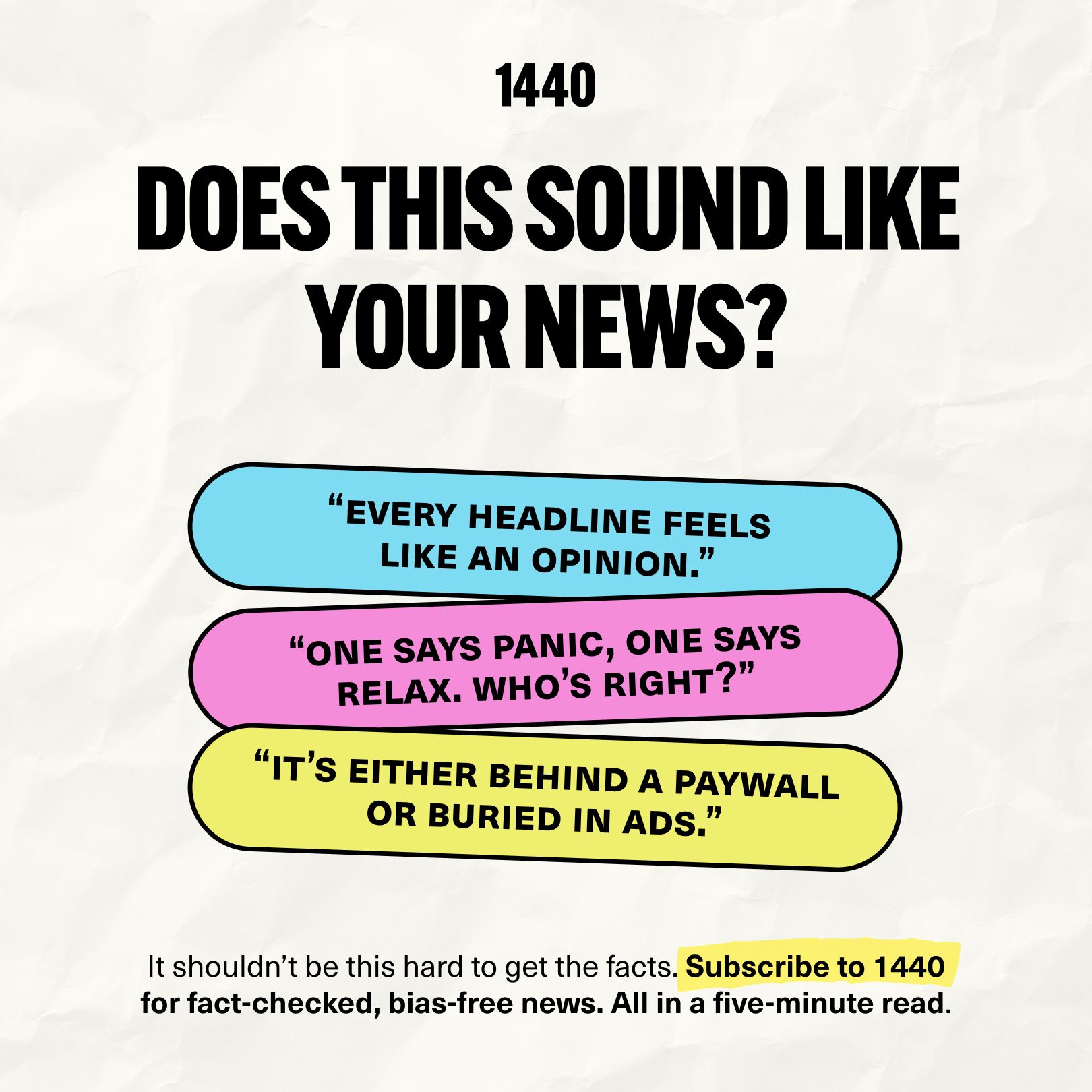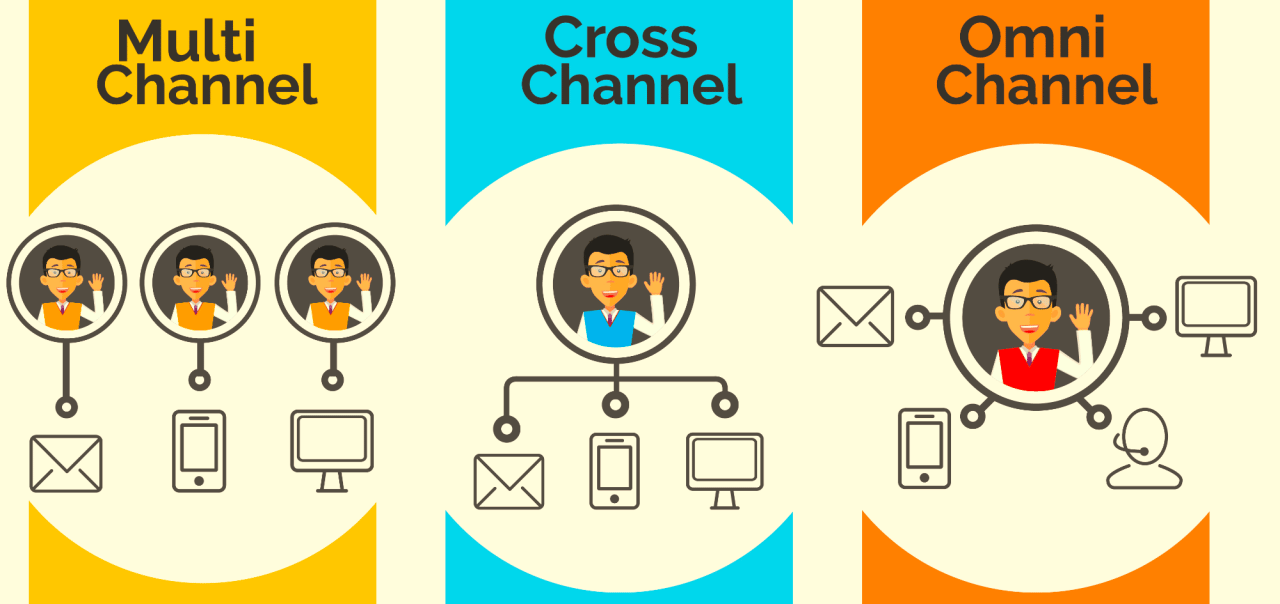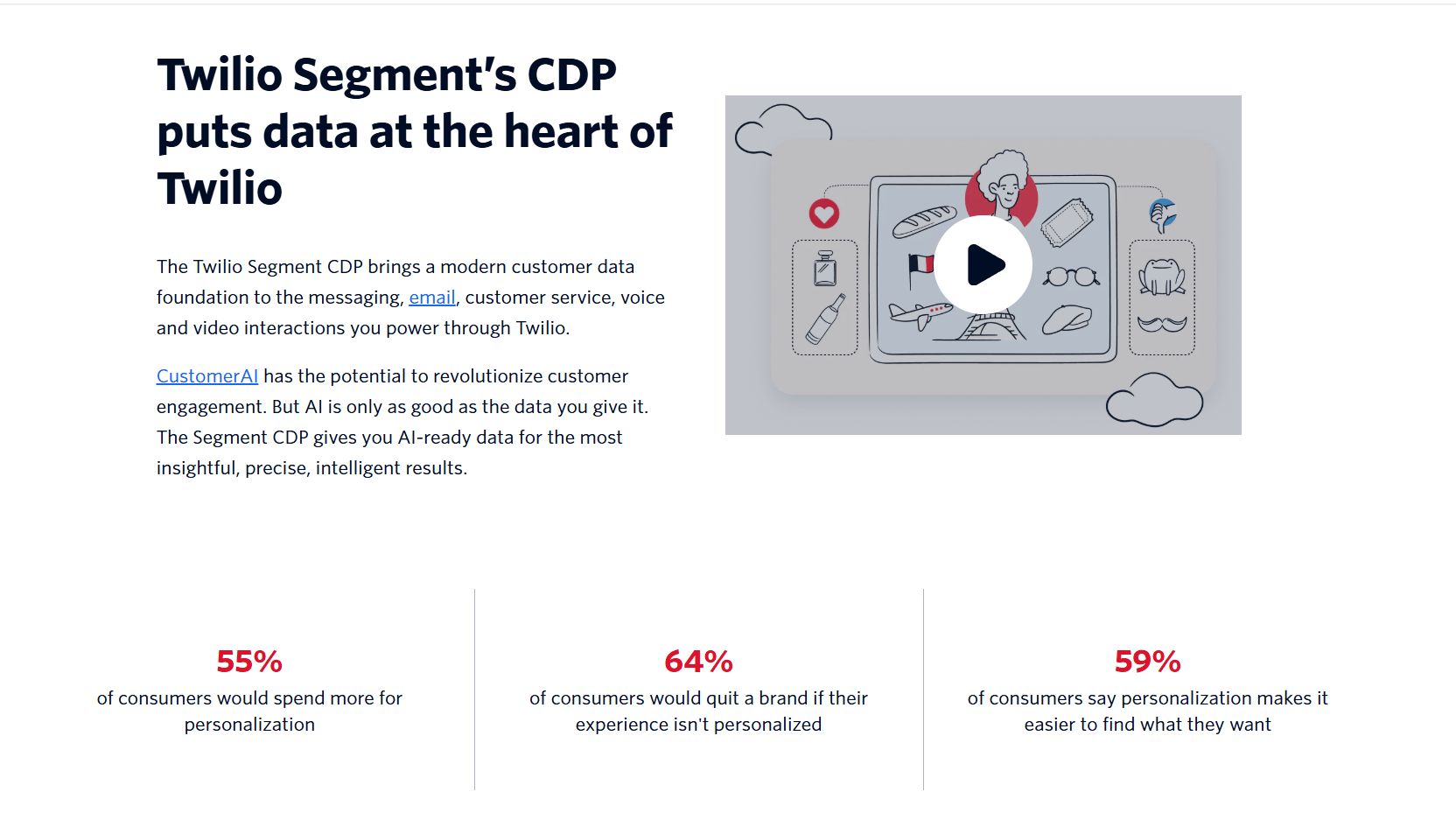- CMO 3.0 | The New Era of Marketing
- Posts
- Personalization at Scale Starts with Better Data
Personalization at Scale Starts with Better Data
Why first-party data and real-time orchestration are now the foundation of modern marketing.
Looking for unbiased, fact-based news? Join 1440 today.
Join over 4 million Americans who start their day with 1440 – your daily digest for unbiased, fact-centric news. From politics to sports, we cover it all by analyzing over 100 sources. Our concise, 5-minute read lands in your inbox each morning at no cost. Experience news without the noise; let 1440 help you make up your own mind. Sign up now and invite your friends and family to be part of the informed.
You’re everywhere: email, socials, ads, SMS.
But every message says the same thing.
Same copy. Same offer. Same creative.
No nuance. No sequence.
There’s a huge difference between cross-channel and omnichannel.
Treating every customer the same is how brands fall behind.
And in 2025, it’s a one-way ticket to becoming irrelevant.
Want to fix it?
Start with the foundation: your data.
Here’s what true personalization requires (and where most brands are still falling short):
The Breakdown: Personalization Starts with Data You Own
1. The third-party collapse is already here
Apple killed the pixel. Google is following.
And most brands still haven’t replaced the fuel source for their marketing engines.
Why it matters:
Without cookie-based tracking, personalization breaks and performance tanks.
That impacts every channel you depend on.
What to do:
Build your own data layer.
Every email open, site scroll, form fill, and purchase needs to feed into a single, persistent customer view.
If it doesn’t drive action, it’s just clutter in your system.
2. Cross-channel doesn’t mean omnichannel
Just because you’re present on five platforms doesn’t mean your message is coordinated.
Why it matters:
When your email says one thing, your paid ad says another, and your site doesn’t recognize returning users, your trust starts tanking.
What to do:
Build orchestration logic that adapts messaging across the full journey:
Trigger emails from web behavior
Suppress irrelevant campaigns
Adjust CTAs based on lifecycle stage
Sync preferences across SMS, email, and product notifications
Consistency is about timing, context, and next-best action.
3. Your attribution model is only as accurate as your data sync
Disconnected tools create disconnected data.
Why it matters:
Brands often make performance decisions based on last-touch metrics because real attribution is too messy to trust.
What to do:
Build unified IDs across tools and platforms
Prioritize sources that give you event-level, first-party signals
Invest in infrastructure that normalizes and resolves identity conflicts
You can’t personalize at scale if you can’t trust your inputs.
The Toolbox: Twilio for Unified Engagement and Data Activation
If you're serious about building seamless experiences, Twilio is one of the most versatile tools in the modern marketing stack.
Why it matters:
Twilio Segment helps unify your customer data across touchpoints
Twilio Engage enables real-time personalization based on user behavior
You can activate data instantly across email, SMS, push, and beyond
Twilio doesn’t just offer data storage.
It helps you orchestrate messaging that’s timely, relevant, and conversion-focused.
If your campaigns still operate in silos, Twilio is how you break the loop and start driving real lifetime value.
Curated Signal: Sephora’s First-Party Data Strategy
“The Sephora partnership reflects a growing push among retailers to turn proprietary data into shared insights ecosystems, as retail media networks and brand collaborations increasingly rely on real-time, omnichannel measurement to inform both media and merchandising decisions.”
Sephora’s loyalty program is a data pipeline.
By tying every in-store and digital interaction to a unified profile, they’ve created one of the most powerful personalization ecosystems in consumer retail.
Wrap Up
TLDR: What 3.0 Marketers Should Do Next:
Centralize your customer data into a single, accessible view
Build cross-channel journeys that adapt in real time
Replace one-size-fits-all messaging with triggered personalization
Prioritize email, SMS, and owned touchpoints over rented platforms
Use first-party signals to guide timing, content, and channel
Make personalization a system, not a campaign
Smart orchestration is the new baseline.
If your data doesn’t shape the experience, what exactly is it doing?
Until next time,
Mac
When you’re ready, here’s how I can help you:
Schedule a session with me. Discover how Foster & Co. can drive your company towards peak growth.
Foster & Co. services. I work with marketing teams inside agencies, growth-stage startups and public companies.
Share CMO 3.0 with your team or network – Know someone who’d benefit from smarter marketing insights? Send them this link and help them level up.



